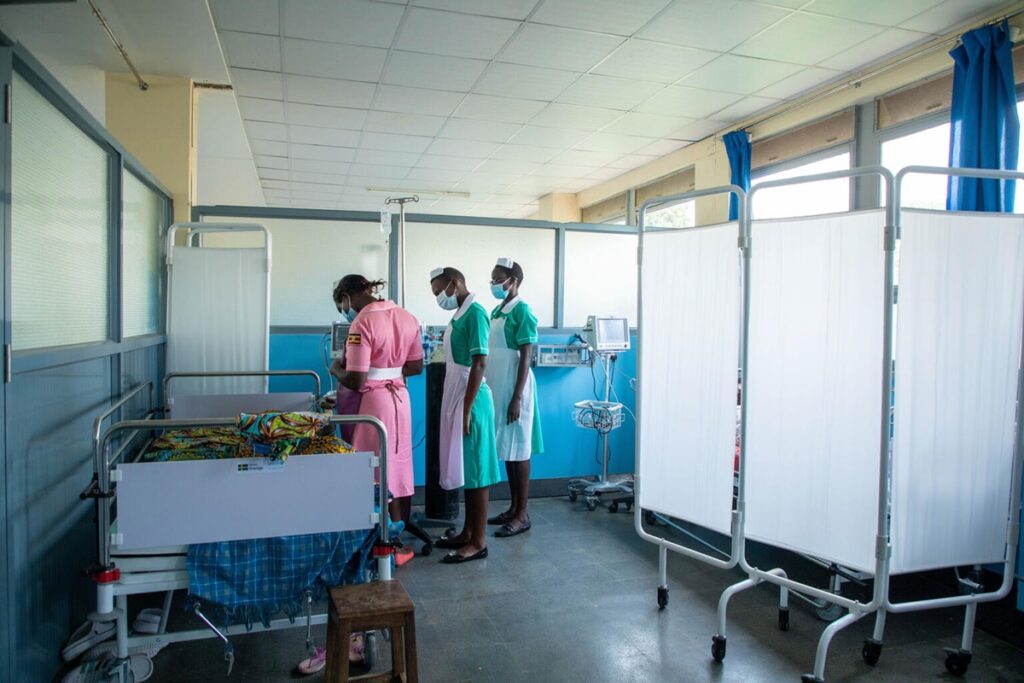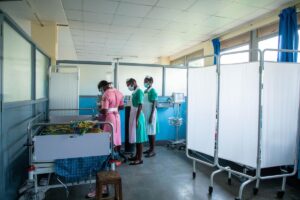
A groundbreaking study by the World Health Organization (WHO), the UN’s Special Programme in Human Reproduction (HRP), and the University of Liverpool, published in the New England Journal of Medicine, has revealed that a structured approach to infection prevention and control can reduce severe maternal infections and deaths by 30% compared to usual care. This significant finding underscores the critical need for enhanced infection management in maternal health care.
Maternal infections and sepsis remain among the leading causes of maternal mortality worldwide. Sepsis, a life-threatening condition triggered when the body’s response to infection damages its own tissues and organs, poses a significant risk during or after pregnancy. Despite the availability of simple, evidence-based practices such as hand hygiene, early infection detection, and timely treatment, these measures are often inconsistently applied in many health facilities. The Active Prevention and Treatment of Maternal Sepsis (APT-Sepsis) programme was developed to address these gaps, supporting health workers in implementing WHO’s “five moments for hand hygiene” and the FAST-M bundle: fluids, antibiotics, source control, transfer if required, and monitoring for early recognition and response to sepsis.
Impact of APT-Sepsis in Malawi and Uganda
The trial, conducted across 59 hospitals in Malawi and Uganda and involving 431,394 women giving birth, demonstrated the substantial impact of these interventions on clinical outcomes. Hospitals implementing the APT-Sepsis programme reported a 32% reduction in infection-related maternal mortality and severe morbidity. Additionally, there were marked improvements in hand hygiene compliance, antibiotic prophylaxis during caesarean sections, and routine vital sign monitoring.
The APT-Sepsis programme advocates for a targeted, systems-based approach to preventing and treating maternal infections. By ensuring the appropriate use of antibiotics and emphasizing crucial actions such as proper hand hygiene and early infection detection, the programme exemplifies how structured, sustainable approaches can transform maternal care, even in resource-constrained settings.
Expert Opinions and Global Implications
Jeremy Farrar, Assistant Director-General at WHO, emphasized the broader implications of the study’s findings.
“The APT-Sepsis programme is a testament to what can be achieved when science, policy, and frontline care come together. Reducing maternal infections and deaths by over 30% is not just a clinical success – it’s a call to action for global health systems to prioritize infection prevention in maternal care. We must ensure these life-saving practices are scaled and sustained across all settings.”
This development follows WHO, HRP, and partners’ ongoing efforts to work with countries to adapt and scale the approach within national health systems. The goal is to translate the lessons learned from Malawi and Uganda into stronger infection prevention and quality-of-care strategies globally.
Future Steps and Global Health Strategy
To further disseminate the study’s findings and discuss their implications, WHO, HRP, and the University of Liverpool will host a webinar titled “Preventing and Managing Maternal Sepsis – New Results of the APT-Sepsis Trial” on 24 November 2025. This session aims to present key findings and engage healthcare workers and policymakers in dialogue about the future of maternal infection prevention.
The APT-Sepsis trial received support from the Joint Global Health Scheme, with funding from the UK Foreign, Commonwealth and Development Office, the UK Medical Research Council (MRC), the UK Department of Health and Social Care through the National Institute of Health Research (NIHR), Wellcome (Grant ref: MRV005782/1), and HRP.
As the global health community continues to grapple with maternal mortality, the insights from the APT-Sepsis programme provide a compelling case for the adoption of structured infection prevention measures. The move represents a significant step forward in safeguarding maternal health and could potentially save thousands of lives each year.






